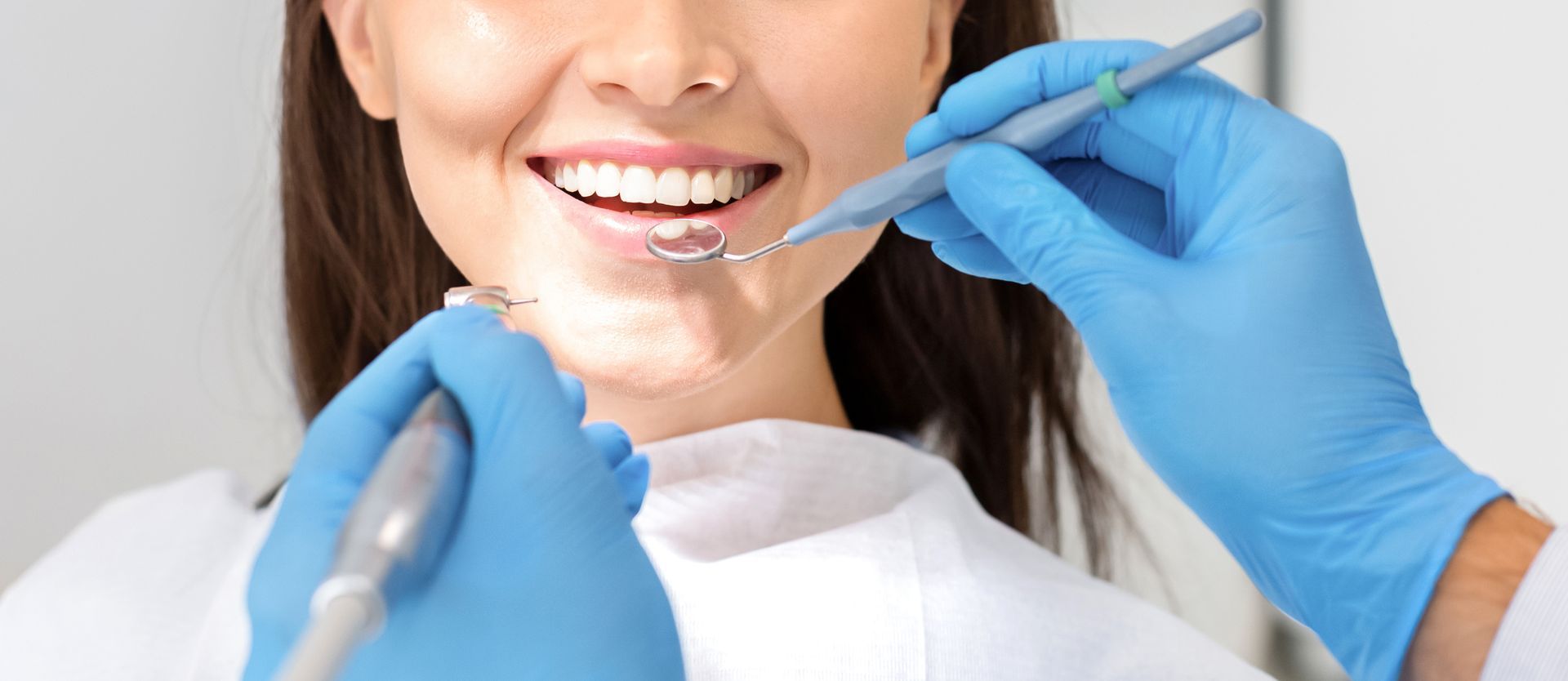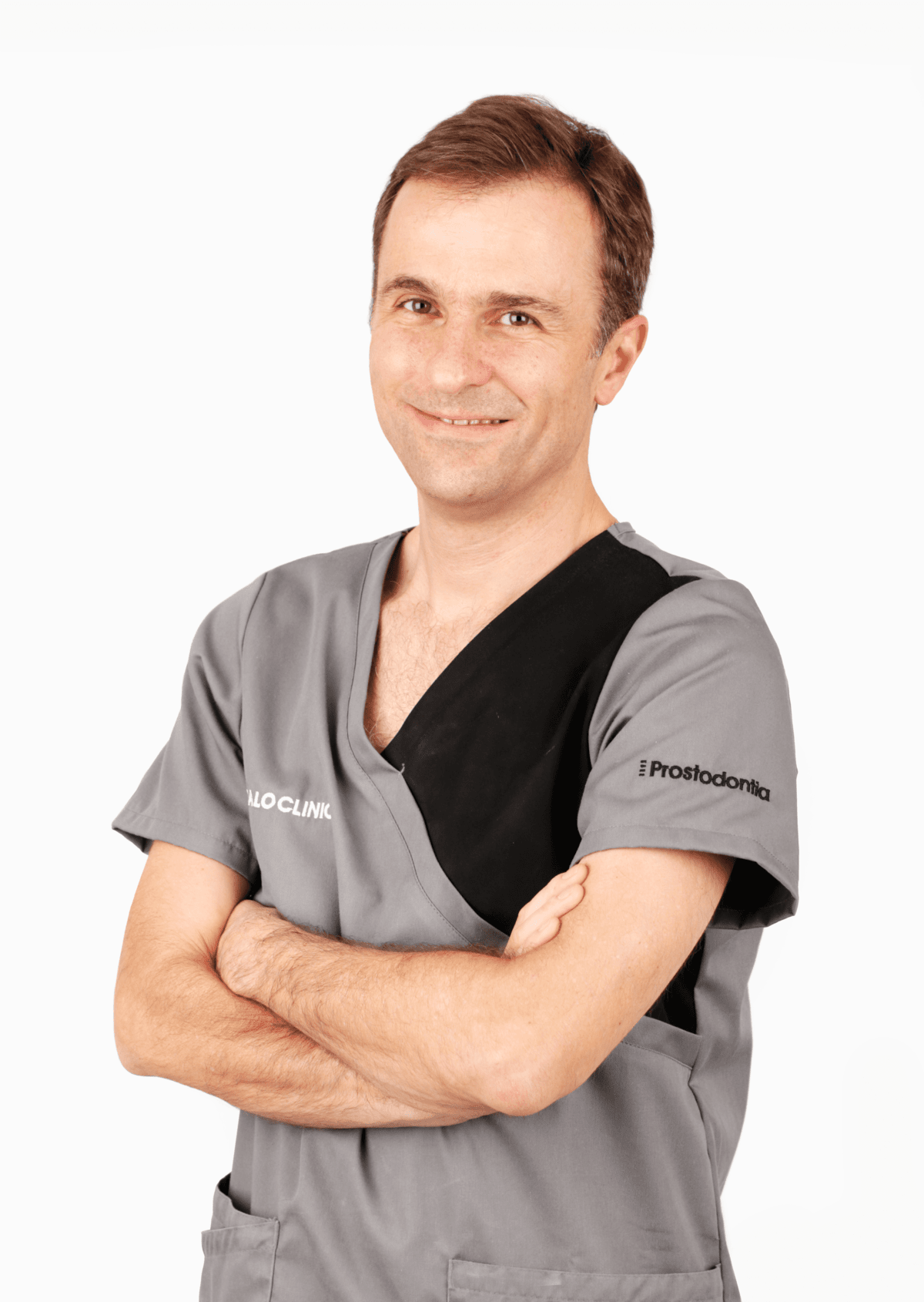Dentistry
About the speciality of Dentistry
Dentistry: Restoring smiles and preserving oral health
Restorative and Aesthetic Dentistry is the area of dentistry responsible for the treatment and restoration of teeth with caries lesions, changes in shape or color, and the resolution of fractures, thus restoring their original appearance.
At MALO CLINIC, the Dentistry Department relies on the experience of dentists with an exclusive practice in this area and has high-quality materials at its disposal that are suitable for each specific clinical case.

In addition to helping improve oral function and eliminating the possible causes of toothache, usually caused by caries lesions, the appropriate restorations carried out within the scope of this specialty not only restore teeth, but also help prevent future problems, such as the appearance of new caries. Dentistry also restores a healthy and beautiful smile to the patient, helping to improve aesthetics and, consequently, self-esteem and social involvement.
Benefits of Dentistry for Oral Health
Restoration of Lost Tooth Structure
One of the main benefits of dentistry is the ability to restore tooth structure damaged by caries lesions, fractures or wear. The treatments carried out by restorative dentistry not only repair visible damage, but also help to re-establish the shape and structure of teeth, extending their lifespan and preventing the need for more invasive future treatments.
Aesthetic improvement of the smile
Another fundamental benefit of dentistry is the aesthetic improvement of the smile. Aesthetic dentistry treatments are effective in correcting stains, irregularities in shape and changes in the color of teeth, resulting in a more beautiful and harmonious smile. This transformation not only boosts the patient's confidence, but also improves their social and professional interaction.
Preserving Oral Health
In addition to restoring the functionality and aesthetics of the teeth, dentistry treatments play a fundamental role in preserving oral health. Treating teeth with caries lesions and restoring them properly prevents the progression of dental decay and avoids future complications such as infections, gum disease and ultimately tooth loss. In this way, dentistry contributes to the preservation of oral health by providing patients with a healthy, long-lasting smile.
Dentistry treatments available

Restoration of Teeth with Caries Lesions
Caused by bacteria, tooth decay is the disease that most often affects the oral cavity, developing mainly in the fissures of the occlusal surfaces of the back teeth, between the teeth or near the gum line. If a caries lesion is not treated, it can become a complex problem and be completely destroyed. As well as eliminating the possible toothache associated with tooth decay, treatment restores the tooth to its original health, function and appearance.

Treating fractures, shape changes and correcting gaps between teeth
Through direct restorations with composite resin of high mechanical and aesthetic quality or even through indirect ceramic restorations, Dentistry works to reconstruct fractured teeth or teeth with changes in shape. One of the most common situations is the treatment of conoid teeth, a problem that mainly affects the lateral incisors and is characterized by teeth that are smaller than normal and conical in shape. Aesthetic and restorative dentistry can also correct diastemas (gaps between teeth).

Teeth whitening
Although the natural color of teeth differs from person to person, certain factors, such as the natural aging of teeth, the consumption of tobacco, coffee, wine, pigmenting foods and even the accumulation of tartar can contribute to changes in the color of teeth. Teeth whitening aims to whiten teeth and can be carried out in the dental clinic or at home after a clinical and radiological assessment of the oral, dental and periodontal condition.
Teeth whitening at home
Nowadays, outpatient whitening is most commonly performed at home by the patient under the supervision of the dentist. Custom-made trays are made from molds, which the patient fills with whitening gel and puts in daily for the period indicated by the doctor.
In the case of non-vital teeth, i.e. “devitalized” teeth, which in some situations can acquire a brownish, greyish or blackish color, internal tooth whitening must necessarily be carried out by the doctor in the dental clinic. In these cases, it is necessary to introduce the whitening agent inside the tooth and then place a temporary restoration during the period in which the whitening gel is working.
Clinical Cases
Dental Whitening
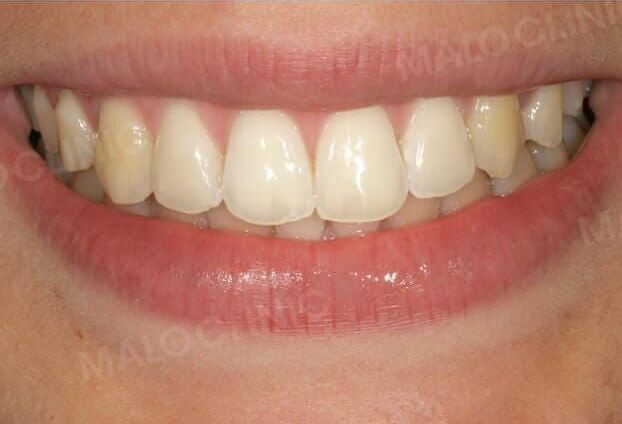
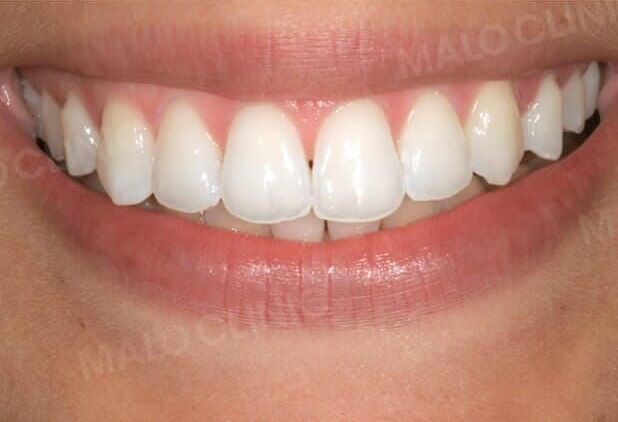
Restoring Teeth
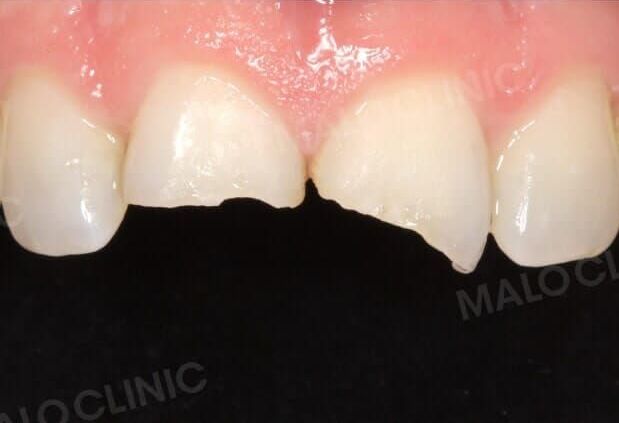

Our Clinical Team is here to help you!
Clinical Team
FAQ's
1. What is the difference between direct restorations and indirect restorations?
Direct restorations are made directly in the mouth, during the consultation. They use composite resins that resemble the natural color of the patient's teeth, the dentist fills and restores teeth affected by decay, fractures or other imperfections. Once the material has been applied and shaped, it is hardened with a special light (light-curing), guaranteeing firmness and durability. Direct restorations are quick to make and generally don't require several appointments. The result is immediate and the patient leaves the dental clinic with a restored tooth.
Indirect restorations, in composite resin or ceramic, are produced in the laboratory from a mold or digital images previously made in the dental clinic. Once the laboratory work has been completed, the dentist cements the restoration to the tooth. This type of restoration offers greater strength and durability and is ideal for extensive restorations or when extreme precision in shape and fit is required.
2. Is it possible to correct gaps between my teeth without orthodontic braces?
Depending on the clinical situation, it may be possible to correct gaps between teeth using aesthetic dentistry techniques, such as direct restorations or veneers. Dentistry offers various options for changing the shape and color of teeth in a natural and harmonious way.
3. How long does tooth whitening last?
The duration of the treatment will always depend on the clinical situation of each patient and the type of procedure adopted. It is important for patients to be aware that whitening products do not act on the materials that make up restorations, veneers, crowns or partial or full dentures. Consult your dentist to define the best treatment plan to achieve a harmonious color throughout the dentition.
4. Do teeth whitening have any contraindications or side effects?
In general, whitening can be carried out on anyone over the age of 18. However, it is essential to have an assessment appointment to ensure that the procedure is carried out safely. There are also certain situations such as caries lesions, tooth sensitivity or periodontal disease that may limit the possibility of whitening or require previous treatment. Teeth whitening is not recommended during pregnancy or breastfeeding. Side effects often associated with whitening are increased tooth sensitivity and gum discomfort. In these situations, your dentist can adjust the concentration of the whitening product as well as the frequency/time of use of the trays to eliminate the associated discomfort and prescribe desensitizing agents.


